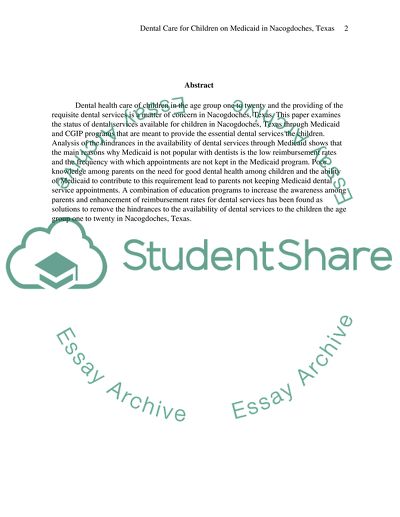Cite this document
(Dental Health Care for Children in the Age Group One to Twenty in Research Paper, n.d.)
Dental Health Care for Children in the Age Group One to Twenty in Research Paper. Retrieved from https://studentshare.org/health-sciences-medicine/1721525-dental-care-in-nacogdoches-texas
Dental Health Care for Children in the Age Group One to Twenty in Research Paper. Retrieved from https://studentshare.org/health-sciences-medicine/1721525-dental-care-in-nacogdoches-texas
(Dental Health Care for Children in the Age Group One to Twenty in Research Paper)
Dental Health Care for Children in the Age Group One to Twenty in Research Paper. https://studentshare.org/health-sciences-medicine/1721525-dental-care-in-nacogdoches-texas.
Dental Health Care for Children in the Age Group One to Twenty in Research Paper. https://studentshare.org/health-sciences-medicine/1721525-dental-care-in-nacogdoches-texas.
“Dental Health Care for Children in the Age Group One to Twenty in Research Paper”, n.d. https://studentshare.org/health-sciences-medicine/1721525-dental-care-in-nacogdoches-texas.


